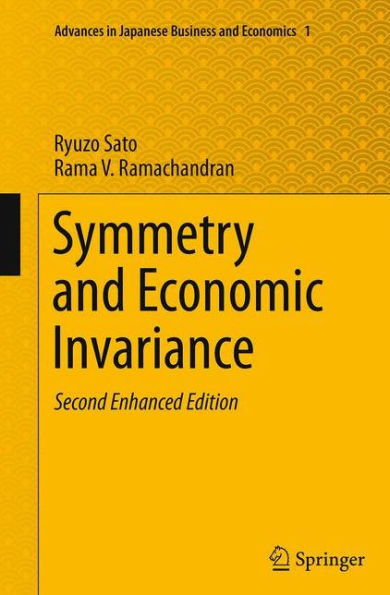5
1
9784431560838



Symmetry and Economic Invariance / Edition 2 available in Hardcover, Paperback

Symmetry and Economic Invariance / Edition 2
- ISBN-10:
- 4431560831
- ISBN-13:
- 9784431560838
- Pub. Date:
- 08/23/2016
- Publisher:
- Springer Japan
- ISBN-10:
- 4431560831
- ISBN-13:
- 9784431560838
- Pub. Date:
- 08/23/2016
- Publisher:
- Springer Japan

Symmetry and Economic Invariance / Edition 2
$109.99
109.99
In Stock

Product Details
| ISBN-13: | 9784431560838 |
|---|---|
| Publisher: | Springer Japan |
| Publication date: | 08/23/2016 |
| Series: | Advances in Japanese Business and Economics , #1 |
| Edition description: | Softcover reprint of the original 2nd ed. 2014 |
| Pages: | 273 |
| Product dimensions: | 6.10(w) x 9.25(h) x 0.02(d) |
About the Author
From the B&N Reads Blog
